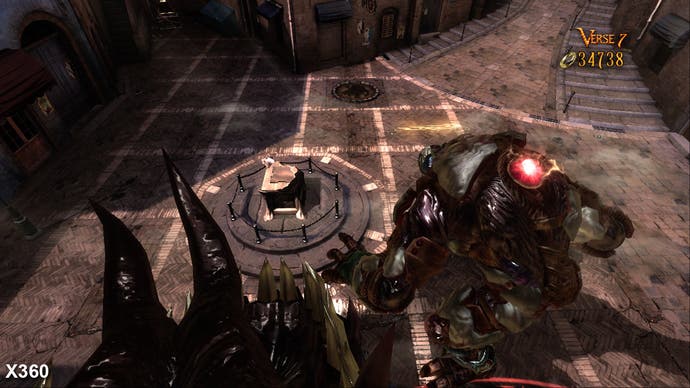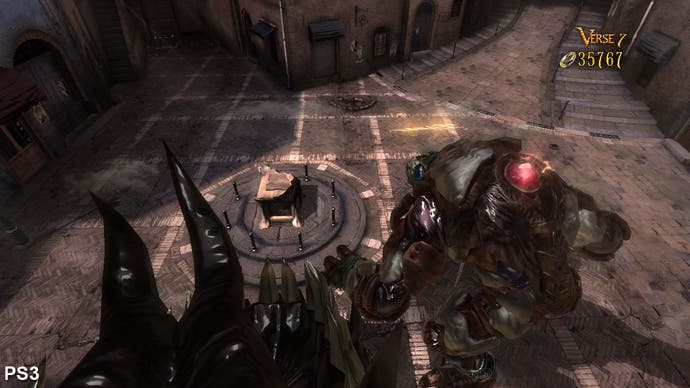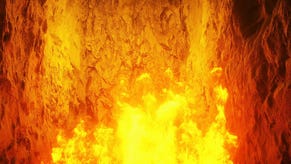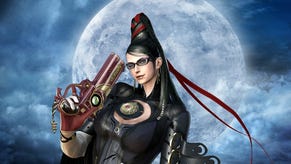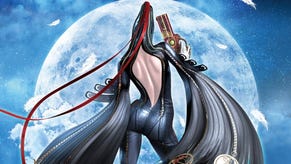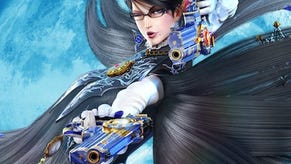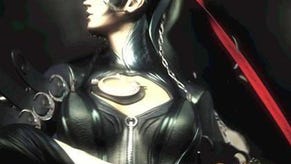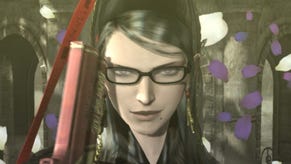Face-Off: Bayonetta
Witch won?
Now for our customary backup test, based on non-identical gameplay excerpts taken from the same areas in-game. Typically this puts the engine under far more stress and offers analysis closer to what you experience during gameplay. As you can see, the performance difference is pretty much the same.
We could reel out the raw performance stats here, but the context is king. It's fair to say that performance is variable on both platforms, though on average it seems that during the most intense gameplay the PS3 game can only manage anything between 30 per cent to 60 per cent of the 360's frame-rate. It is also noteworthy to point out that the PS3 game never hits 60FPS in any of the clips. Even the interactive loading screen where engine load is at a minimum drops frames.
PS3 tears far more than 360, but a lot of this is down to a near-constant tear at the top of the screen that you would expect to be tucked into the overscan area on most displays (though why HD displays have overscan in the first place is something from the files of Arthur C Clarke), and it's fair to say that both versions have their issues in this regard.
Bayonetta's use of cut-scenes is interesting. On Xbox 360, both 60FPS and 30FPS cinematics are utilised. Typically the latter are reserved for sections that don't segue into gameplay, and in these scenes the developers can ladle on additional detail and post-processing effects. On the PS3 version, all of the cut-scenes are running at the lower frame-rate and, for reasons known only to the coders, someone's added a horrible blur effect. Frame-rate also regularly dips below 30FPS too, depending on the scene being rendered. For good measure, all the boss finishing moves are running at the lower frame-rate too.
It's at points like this where you have to wonder why the developer didn't capture the Xbox 360 cut-scenes, perform v-sync clean-up and render them out as full-motion video, streamed straight from Blu-ray disc. PS3 has the storage space and oodles of decoding power that would've produced a better look than the 360 game, and no loading would've been required either.
After general performance, the loading is probably the most annoying element of the PS3 version. Between-level loading is long enough, but by and large it does not impact the game experience. However, Bayonetta also loads in-game, streaming object data whenever you collect a new item. This ranges from a couple of seconds to five seconds and upwards, presumably depending on how far the BD's laser has to move to find the relevant data. Simply pausing the game incurs a similarly unpredictable loading time. It's rather annoying, and suggests the conversion-smiths who handled the PS3 port were struggling with serious memory issues.
Not only does RAM availability seemingly affect the loading times, it also has a fairly fundamental impact on the quality of the graphics too. Presumably the split 256MB pools of RAM in the PS3 caused the development team headaches in converting across a game designed for the 360, with its unified 512MB of memory. This, coupled with the use of more efficient texture-compression techniques built into the Xenos GPU, leaves the 360 build with an array of smaller-scale advantages in addition to the bigger ones. For starters, there's general texture quality.


It's not just the texture maps that have been affected either. Specular maps are dialled back a touch, resulting in fewer shiny surfaces throughout the game.
